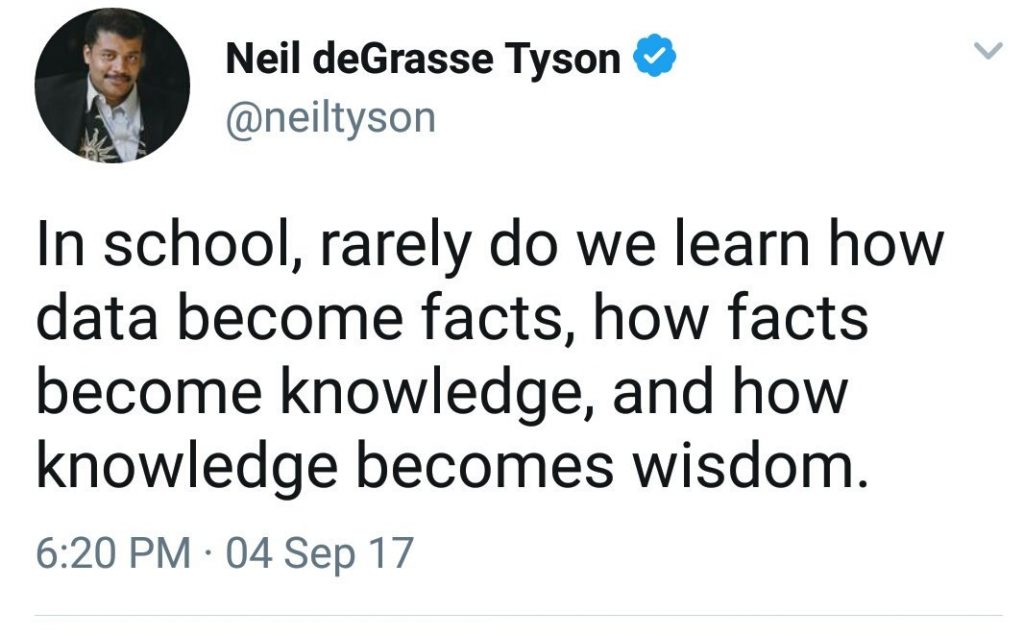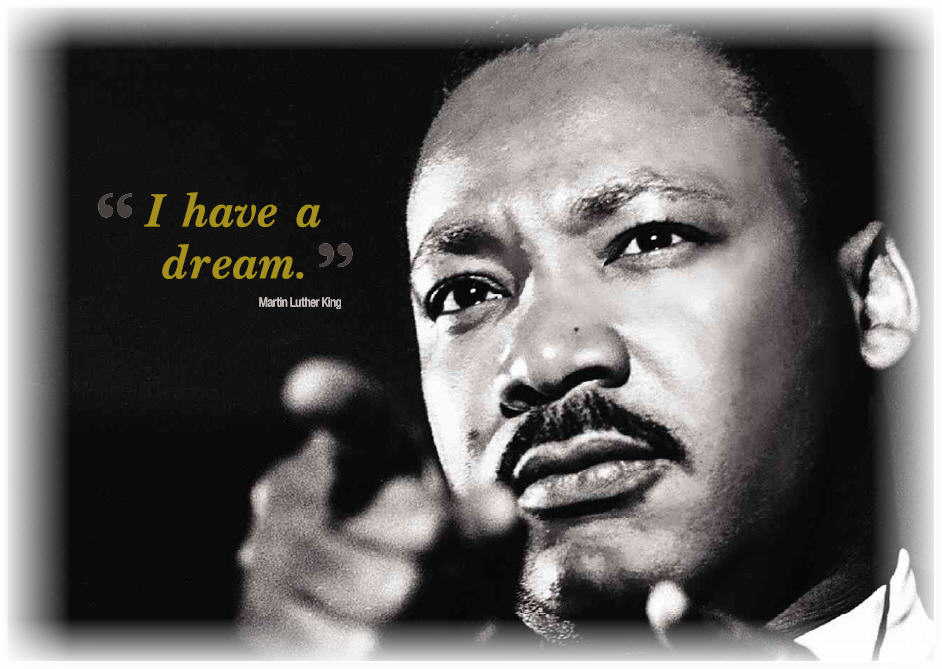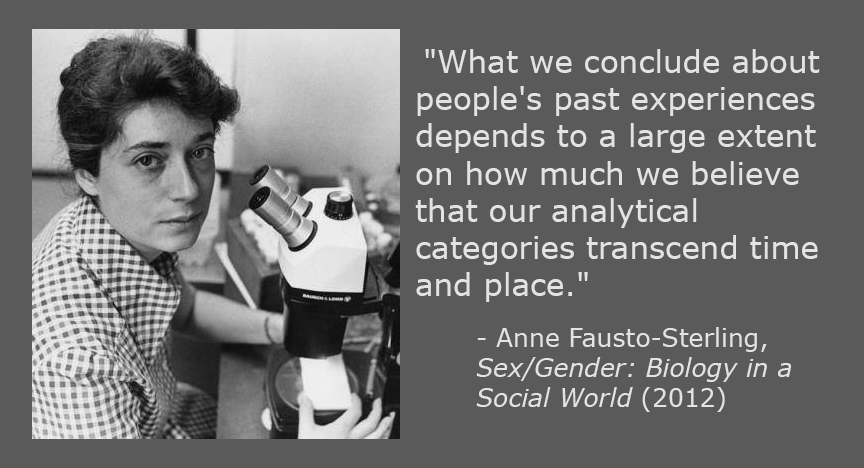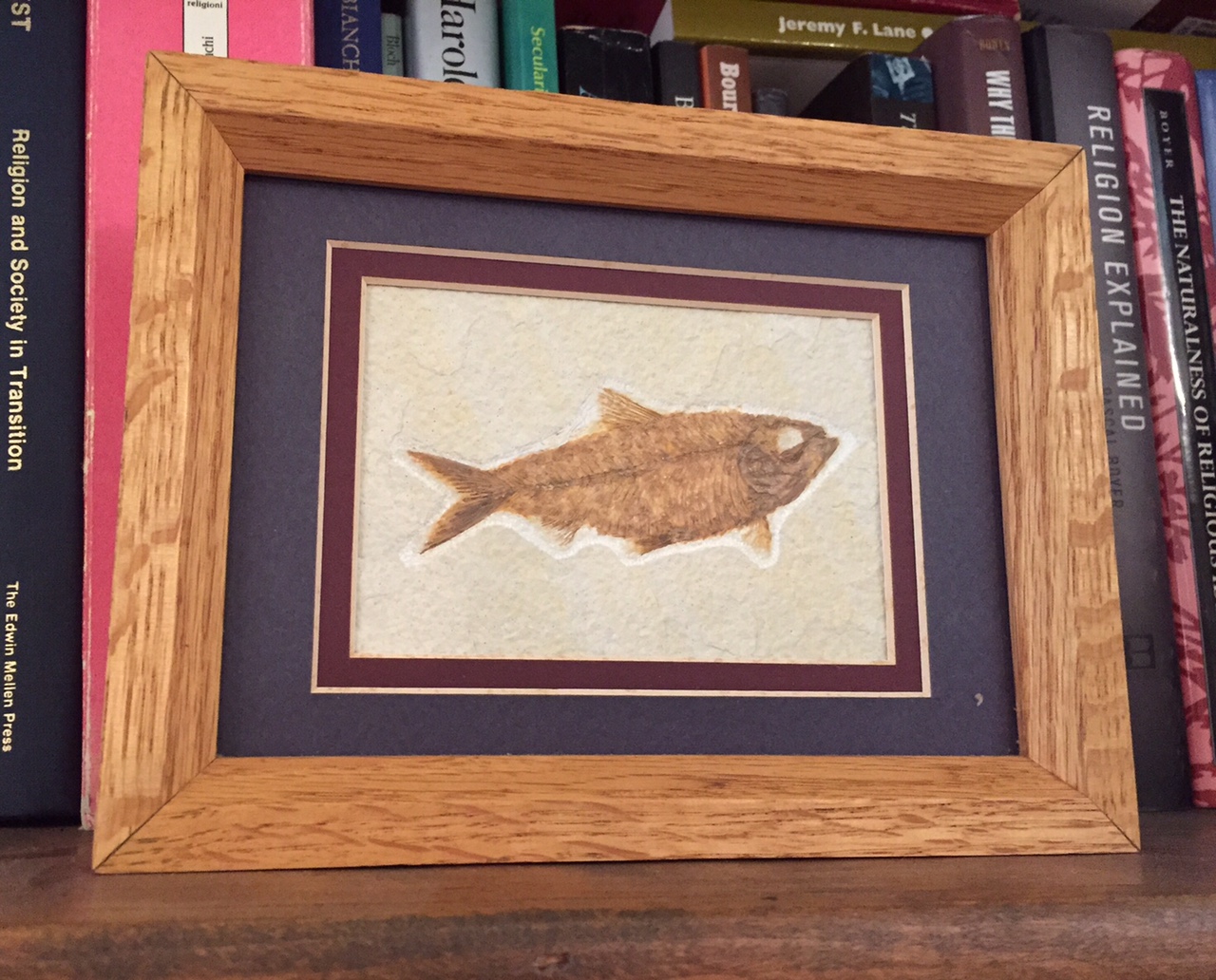 To open the Introduction to my 2003 collection of essays, The Discipline of Religion — a book concerned with, among other things, investigating the links between the invention of and social uses for privacy, on the one hand, and, on the other, the practical, governing role played by the discourse on belief, experience, or faith — I wrote as follows:
To open the Introduction to my 2003 collection of essays, The Discipline of Religion — a book concerned with, among other things, investigating the links between the invention of and social uses for privacy, on the one hand, and, on the other, the practical, governing role played by the discourse on belief, experience, or faith — I wrote as follows:
it is 1988 and I’m at home, living just outside Toronto, watching a television special on the Olympic torch relay across Canada to Calgary, the host of that year’s winter Olympic Games. I recall seeing a young boy, lucky enough to be selected to carry the torch for his designated distance, running through the crowded street with the torch held out over his head, obviously excited. His father runs alongside with his video camera, matching his son’s pace, documenting the event for posterity. The boy looks at his father, and into the camera, and says, “I can’t wait to get home and see this on TV. ” I recall thinking to myself, “You’re living it now, kid, so why do you have to get home to see it on television?”
This is likely one of the first memories I think I have of an occasion when the intertwined nature of the past, present, and future became apparent to me, i.e., when the present’s continual invention of itself was obvious, via its contrived distance from an imagined past that is no longer here or a hoped for future that has yet to appear. Continue reading “Our Extended Arms”





 I remember my dad, when I was younger, talking to a customer at the gas station that my parents owned and operated. The man was complaining about the price of gas going up and up and waxing nostalgic for how much it was years ago.
I remember my dad, when I was younger, talking to a customer at the gas station that my parents owned and operated. The man was complaining about the price of gas going up and up and waxing nostalgic for how much it was years ago.

 We used a typescript copy of my small, forthcoming edited volume,
We used a typescript copy of my small, forthcoming edited volume,  To open the Introduction to my 2003 collection of essays,
To open the Introduction to my 2003 collection of essays, 